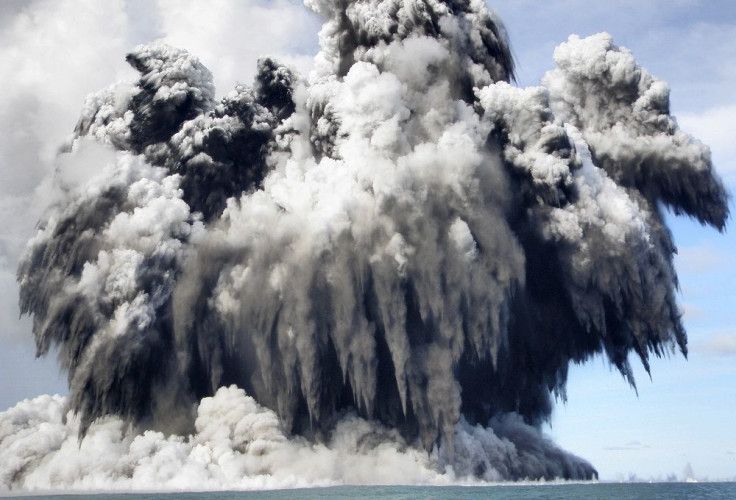Oregon’s Axial Seamount Underwater Volcano Erupts

Axial Seamount, an underwater volcano located 300 miles west of Oregon, started to erupt on April 24. Scientists observed the phenomenon in real time through high-tech instruments costing $200 million installed by the University of Washington.
The eruption was preceded by 8,000 earthquakes and resulted in a drop in the seafloor by eight feet. The volcano is along the boundaries of the Pacific Plate and Juan de Fuca Plate, which are tectonic plates.
John Delaney, professor of oceanography at the University of Washington, said that while the underwater changes were taking place 300 miles away, the data reached them at the speed of light through the fibre-optic cable connected to Pacific City. In turn, the data was transmitted to the campus by Internet in milliseconds.
The 8,000 small earthquakes were spread over the past five months, which led Oregon State University geologist Bill Chadwick and University of North Carolina, Wilmington, professor Scott Nooner to predict in a blog post in autumn the eruption.
But the earthquakes were only a magnitude 1 or 2 with gradual seafloor movement. It did not pose any threat of a tsunami, reports Christian Science Monitor. CBS added that the Axial’s volcanic activities were not strong enough to be felt on land.
Chadwick said the magma from the eruption has not reached the surface. That could only be confirmed is a ship sails near the underwater volcano. He added that studying Axial’s eruption would improve scientists’ prediction of volcanoes on land which have more dangerous volcanic eruptions.
To contact the writer, email: v.hernandez@ibtimes.com.au





















